Species Descriptions
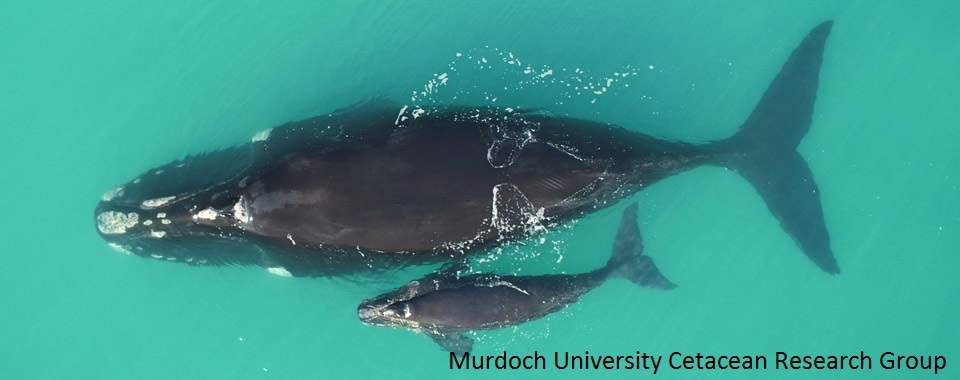
Southern Right Whale (Eubalena Australis)
CONSERVATION STATUS: Least Concern – population increasing
After nearly being exterminated, the Southern Right Whale population rebounded thanks to global conservation efforts. They migrate from the Antarctic Circle to breed in the bay from June to October. * Over the past decade, however, there has been a decrease in sightings along the South African coast, possibly related to food scarcity further south. Data collected on our trips will help us understand why this is and what action, if any, is necessary to assist this iconic species’ survival.
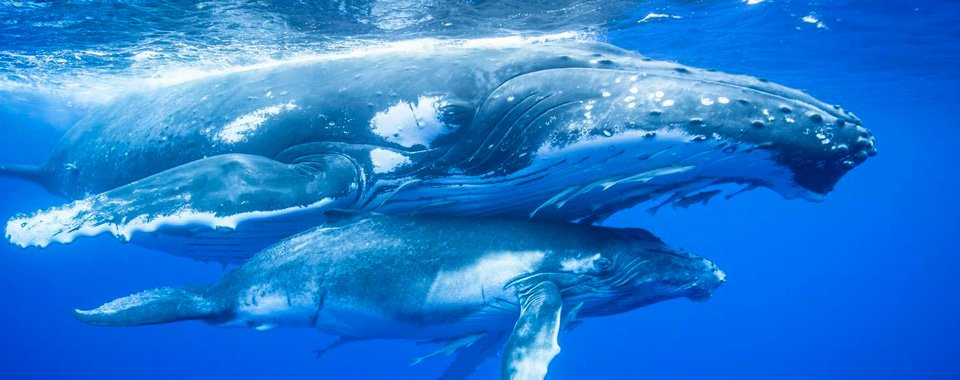
Humpback Whale (Megaptera Novaeangliae)
CONSERVATION STATUS: Least concern – population increasing
The charismatic whales known for their acrobatic displays and elongated pectoral fins, pass our bay in the course of their north and southward breeding migration. We normally begin seeing them from June up to and including November. They too have recovered from the brink, although they do face new threats posed by marine traffic, noise pollution, and climate change.
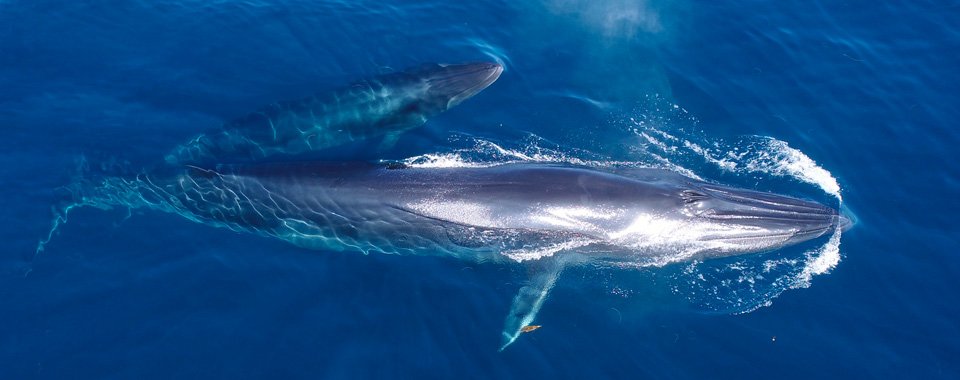
Bryde’s Whale (Balaenoptera edeni brydei)
CONSERVATION STATUS: Data Deficient
Commonly thought of as shy and elusive, we are occasionally pleasantly surprised when a Bryde’s Whale or two take an interest in our vessels. Found in warm waters around the planet, they largely escaped the effects of whaling. As a non-target species, little is known about them. However, given the numerous threats imperiling life in the ocean, it is vital that more research be done on this enigmatic creature.
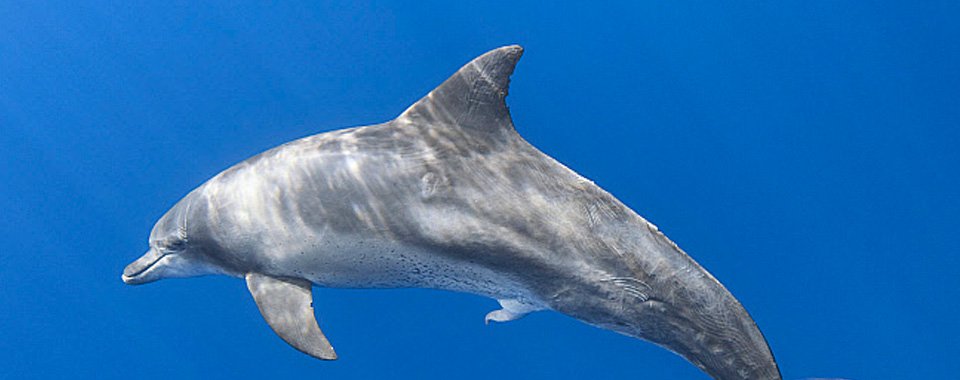
Indo-Pacific Bottlenose Dolphin
CONSERVATION STATUS: Data deficient
A firm favourite with passengers, Bottlenose Dolphins are commonly seen on our trips – although they do mysteriously “disappear” from time to time. We normally find them socialising in shallow water adjacent to the bay’s sandy beaches, where their surfing antics are a treat to witness. We are building an extensive catalogue of “fin profiles” to aid researchers in monitoring the population.
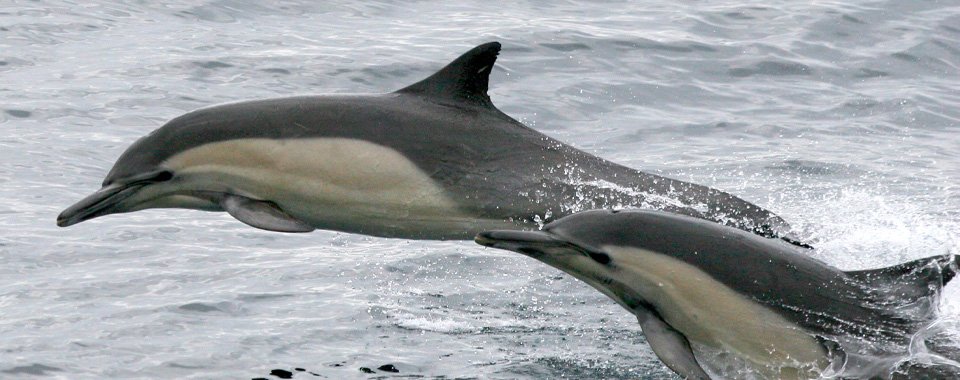
Long-beaked Common Dolphin (Delphinus Capensis)
CONSERVATION STATUS: Data deficient
A welcome surprise whenever they are spotted in the bay, this offshore species captivates people with its sheer energy and abundance. We occasionally encounter thousand-strong pods racing after their prey. On special occasions, they will be joined by Bryde’s Whales, seals and thousands of diving seabirds, creating a spectacle worthy of an Attenborough documentary. Even our seasoned staff rate these as one of the best sightings on offer.
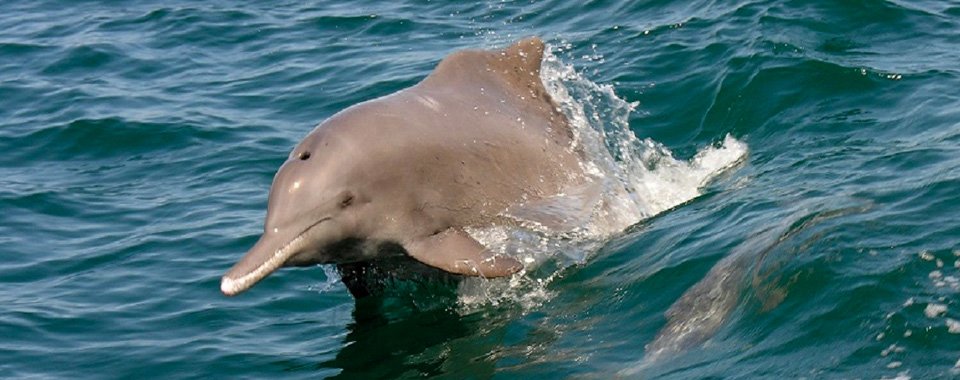
Indian Ocean Humpback Dolphin (Sousa Plumbea)
CONSERVATION STATUS: Endangered
Compared to the other species of dolphins we see, humpback dolphins are relatively shy and difficult to view. Sightings of this species are therefore all the more special in that they are highly endangered due to pollution and habitat degradation. They live in small groups, frequenting shallow sandy or rocky seabeds.
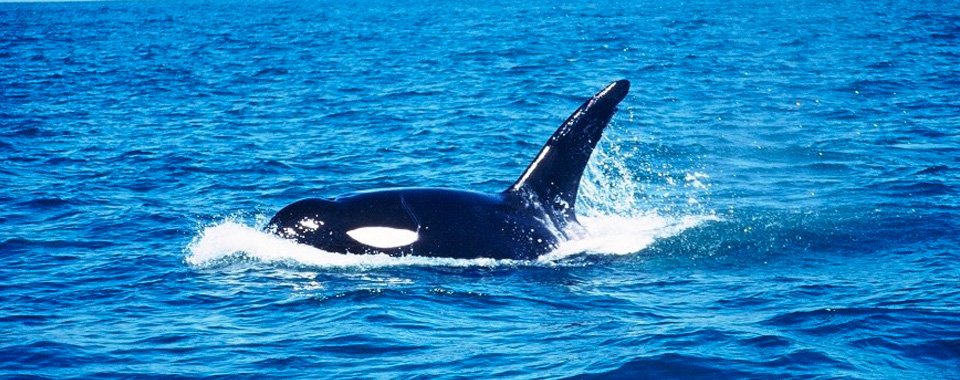
Killer Whale (Orca Orcinus)
CONSERVATION STATUS: Data deficient
Although present in all the world’s oceans, and heavily studied, there is much that is still unknown about the ocean’s apex predator. You’ll see the crew jump for joy if you’re lucky enough to encounter these magnificent and highly intelligent cetaceans. Killer whales are long-lived with several generations making up their pods. We typically see groups of 3 – 15 individuals when they decide to visit the bay.
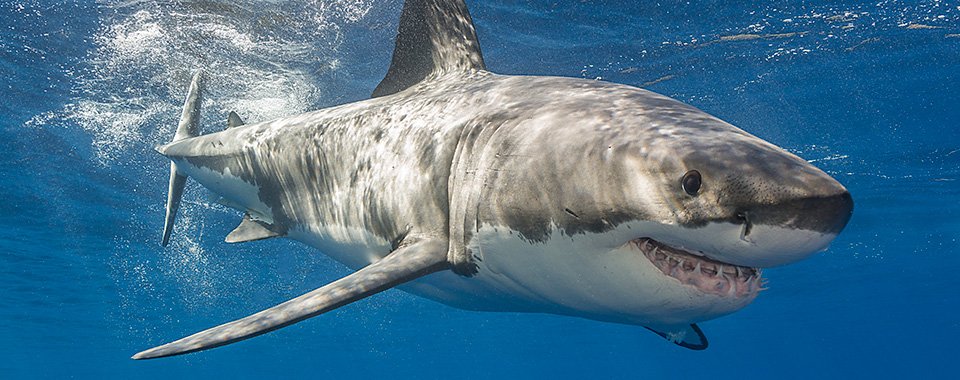
Great White Shark (Carcharodon Carcharias)
CONSERVATION STATUS: Vulnerable
Historically maligned and misunderstood, these graceful creatures have become a regular feature on our trips from April to November. Although the reason for this is unclear, it may be related to the growing seal population, which forms part of their diet. Great Whites are slow to mature, only starting to breed from 30 years of age. It is thought that the decline of the species globally is attributable to longline fisheries and wrongful persecution.
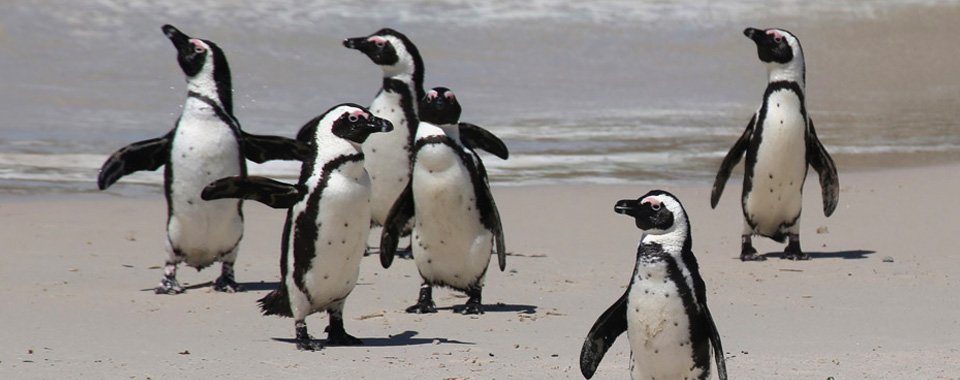
African Penguin (Spheniscus Demersus)
CONSERVATION STATUS: Endangered
These hardy, little birds are occasionally spotted further out to sea – hundreds of kilometres from the nearest colony. Sadly, their presence is a reflection of their dire population collapse, as they are having to travel ever-greater distances to find food. Unless immediate and radical changes are made to commercial fishing practices, the future of this charismatic species is very much in doubt.
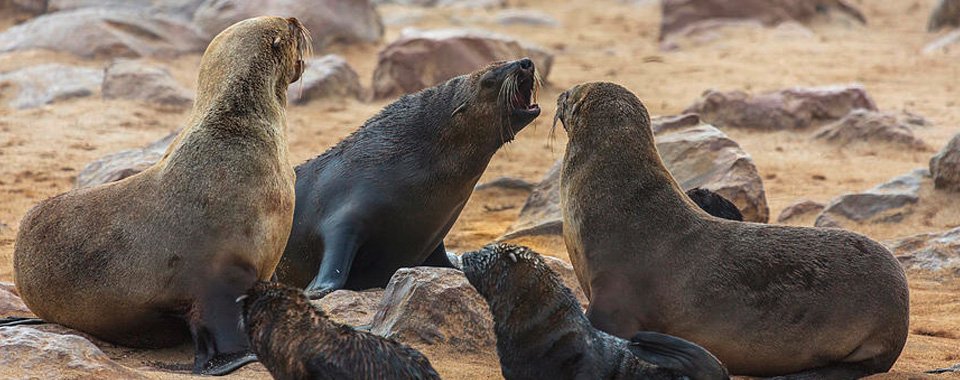
Cape Fur Seal (Arctocephalus pusillus pusillus)
CONSERVATION STATUS: Least Concern
Over the past two decades, the resident population of Cape Fur Seals has been growing at a steady rate, thanks to the breeding colony established on Robberg Peninsula. So-called ‘eared seals’, they are more mobile on land than true seals thanks to large flippers. The colony is a hive of activity in the Summer months (November to March), when they breed – with hundreds of bleating pups adding ‘cute’ to the chaos of the colony.
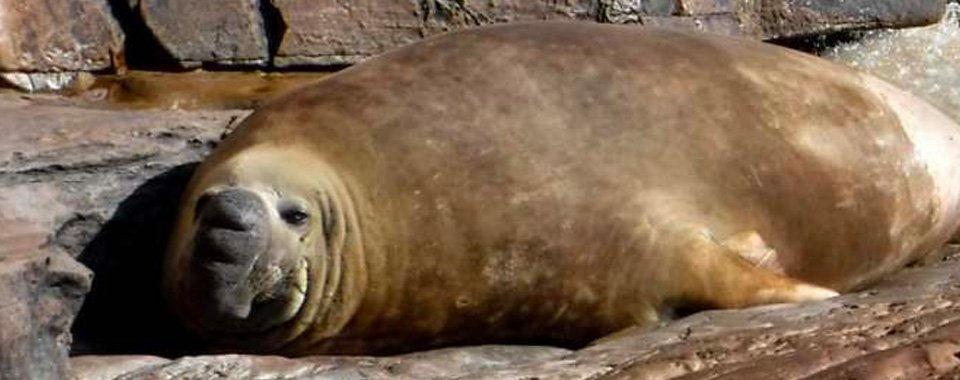
Southern Elephant Seal (Mirounga Leonina)
CONSERVATION STATUS: Least Concern
Southern Elephant Seals are occasional vagrant visitors to the South African coastline, despite their typical distribution falling thousands of kilometres away. At the Robberg seal colony, we have intermittent visits from one young male elephant seal, who appears to come ashore to moult. Interestingly, he has been seen hunting young fur seals, although their typical diet consists of fish and squid, caught up to a kilometre below the surface.
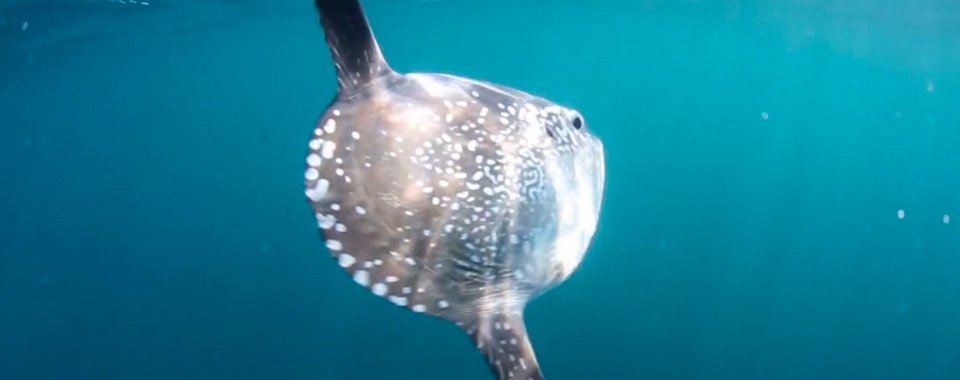
Sunfish (Mola Mola)
CONSERVATION STATUS: Vulnerable
The sunfish is the world’s largest bony fish, weighing up to 2700kg. We occasionally see individuals ‘sunning’ themselves near to the surface, although they spend most of their lives at a considerable depth. They are slow swimming and feed on jellyfish, plankton, and algae. An estimated 340,000 sunfish die as by-catch in South African coastal waters due to destructive fishing practices, such as long-lining.
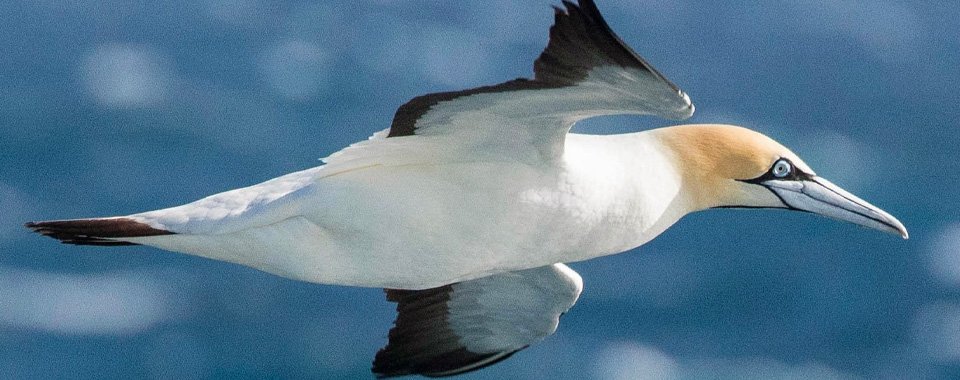
Cape Gannet (Morus Capensis)
CONSERVATION STATUS: Vulnerable – population decreasing
As with our penguins, over-fishing close to their colonies forces gannets to travel further afield in search of food, in the process leaving their young at the mercy of predators for extended periods of time. Although we do occasionally see thousands of these exquisite birds diving headlong after prey, it is a cause for concern as the nearest colony is hundreds of kilometers away.
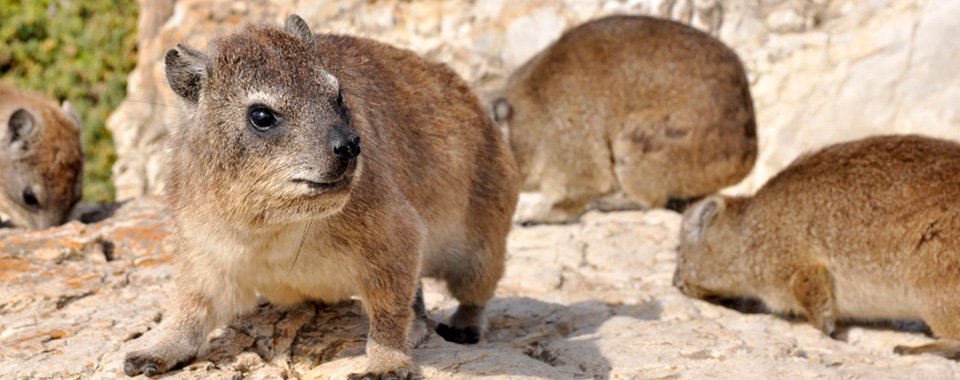
Rock Hyrax (Procavia Capensis)
CONSERVATION STATUS: Least Concern
‘Dassies’, as they are known in South Africa, are rabbit-sized animals that are frequently seen basking on the rocks and cliffs around the Robberg Peninsula. Interestingly, they are the closest relatives of elephants, sharing similar teeth structures and other physiological similarities. They live in colonies of up to 80 individuals, feeding on vegetation and insects.

Robberg Nature Reserve - Other Species
For comprehensive lists of other animal and plant species found on Robberg and in the surrounding areas, visit CapeNature and iNaturalist

